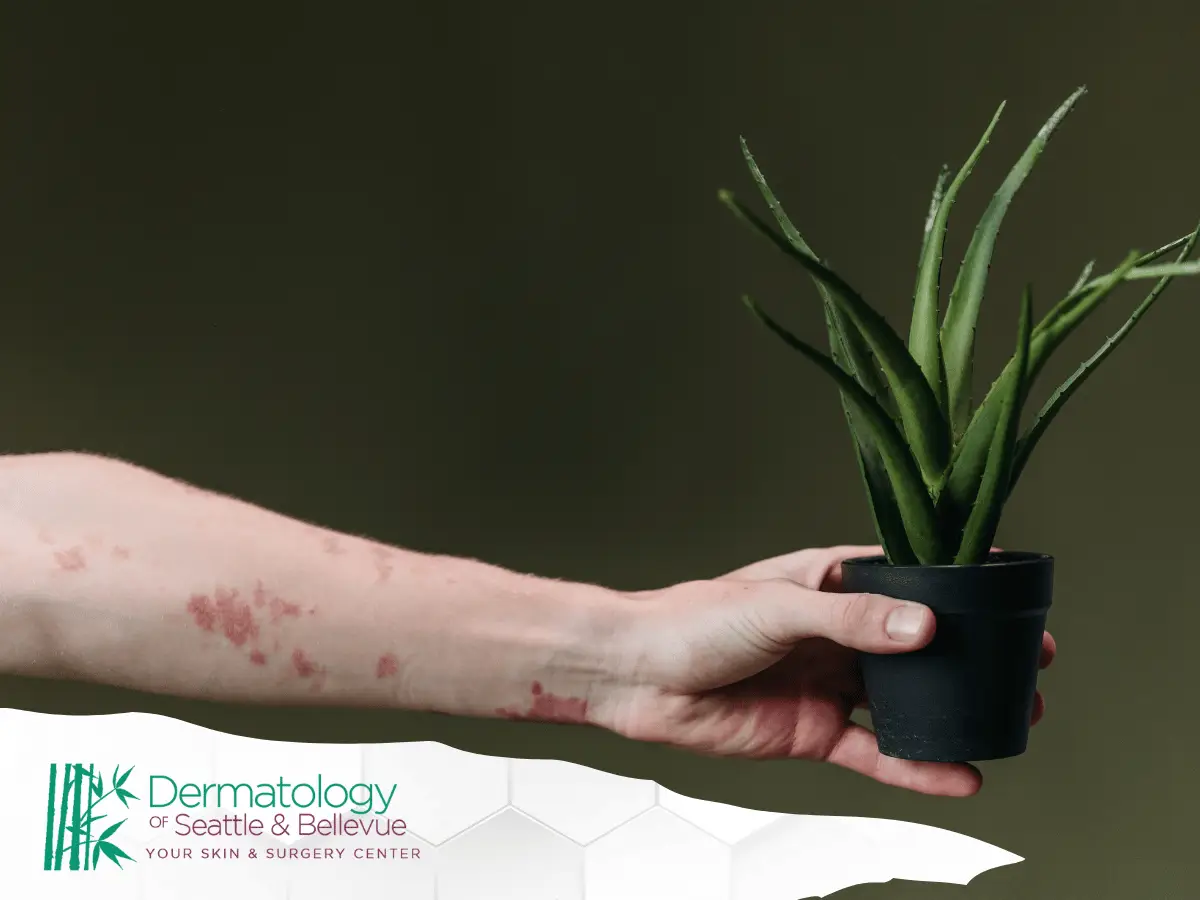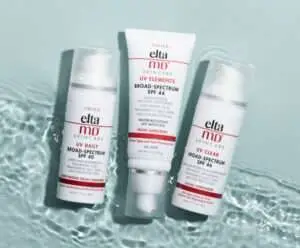Seattle’s prolonged winter months bring drizzly days and chilly breezes that challenge even the healthiest skin. For people with eczema, these cold, damp conditions can compromise the skin barrier and trigger uncomfortable flare-ups. In this guide, we’ll explore why winter eczema peaks here, then share practical tips to keep your complexion hydrated, comfortable, and radiant all season long.
Quick Summary
- Seattle winters and indoor heat dry skin, weakening the barrier and triggering eczema flare-ups.
- Keep indoor humidity at 40–50% with a clean cool-mist humidifier; aim for 68–72°F.
- Use fragrance-free moisturizers with occlusives, emollients, and humectants; apply within 3 minutes of bathing.
- Choose gentle cleansing, pat dry, wear breathable layers, and protect skin from wind and drizzle with ointment and coverings.
- Use OTC hydrocortisone or oatmeal baths for flares, and see a dermatologist if symptoms persist or worsen.
understanding winter eczema and your skin barrier
Eczema (atopic dermatitis) occurs when the skin barrier can’t lock in moisture or keep irritants out. During winter, moisture loss accelerates, making sensitive skin prone to itchy red patches and inflammation. Strengthening your skin barrier is the first step to reducing eczema flares and maintaining skin health throughout the cold.
how cold weather and dry air trigger flares
When temperatures dive and humidity drops, the skin’s outer layer loses water more rapidly. This dryness leads to:
- Flaky skin and tightness as moisture evaporates
- Cracks in the skin barrier that let irritants in
- Heightened itchiness that can worsen dermatitis
- Increased risk of eczema flare due to weakened defenses
Recognizing these triggers helps you adjust your winter skincare routine before flare-ups start.
indoor heating’s impact on moisture loss
Turning up the heat may make your home cozy, but indoor heating systems zap humidity from the air—often dropping indoor relative humidity below 30%. Low humidity accelerates transepidermal water loss, leaving eczema-prone skin dry, tight, and more susceptible to cracks and irritation. To combat this, keep indoor temperatures moderate (around 68–72°F) and monitor humidity levels with a simple hygrometer.
humidifier benefits for sensitive skin
Adding moisture back into the air is one of the most effective winter eczema tips. Using a cool-mist humidifier in living areas and bedrooms can:
- Raise indoor humidity to a healthier 40–50%
- Help maintain skin hydration overnight
- Reduce the frequency and severity of winter eczema flares
- Support your skin barrier’s repair mechanisms
Place humidifiers near commonly occupied spaces—especially where you sleep—and clean them regularly to prevent mold or bacteria buildup.
choosing the right moisturizer and ointment
Selecting a winter-ready moisturizer is key to locking in hydration and soothing dry, irritated skin. Look for:
- Occlusive ingredients (petrolatum, mineral oil) to seal in moisture
- Emollients (shea butter, ceramides) to fill gaps in the skin barrier
- Humectants (glycerin, hyaluronic acid) to attract and retain water
- Fragrance-free, hypoallergenic formulas to minimize irritation
For extra relief during severe flares, apply a thick ointment after bathing: gently pat skin dry, then layer on product to lock in hydration and support barrier restoration.
gentle skincare routine for winter months
Adapting your skincare routine to Seattle’s winter conditions helps prevent irritation and maintain glow. Consider these gentle steps:
- Cleanse wisely: Use a mild, fragrance-free cleanser to remove debris without stripping oils.
- Pat dry: Instead of rubbing, gently pat skin to avoid micro-tears.
- Layer treatments: Apply topical treatments (if prescribed) before moisturizer to ensure absorption.
- Moisturize promptly: Seal in moisture within three minutes of bathing to minimize water loss.
- Sunscreen year-round: Even in winter, a broad-spectrum sunscreen protects against UVA rays that penetrate clouds.
breathable fabrics and wool considerations
Your clothing choices can either soothe or irritate eczema-prone skin in cold weather. Keep these tips in mind:
- Opt for breathable fabrics like cotton or silk next to skin to reduce friction.
- Limit direct wool contact: Wool can trap heat and irritate; if you love wool, wear a soft cotton layer underneath.
- Gloves for chores: Use cotton-lined gloves when washing dishes or handling cold, damp items to protect hands from irritants.
- Loose layering: Allow air circulation to prevent overheating and sweat-induced flare-ups.
protecting skin during outdoor temperatures
Seattle’s winter wind and drizzle can exacerbate eczema symptoms. Before stepping outside:
- Apply a thick layer of ointment or moisturizer to exposed areas.
- Wear a scarf or mask to shield your face from cold air and windburn.
- Use gloves and hats to protect extremities—frosty temperatures worsen moisture loss.
- Reapply moisturizer after returning indoors if skin feels tight or dry.
Shall we move on to topical treatments, dermatologist guidance, conclusion, and disclaimer?
topical treatments and at-home relief tips
When eczema flares strike, targeted topical treatments can soothe itching and inflammation:
- Ointments with ceramides or petrolatum: Apply liberally to lock in moisture and repair the skin barrier.
- Over-the-counter hydrocortisone cream: Use sparingly on stubborn itchy patches, following package directions.
- Colloidal oatmeal baths: Add to lukewarm water to calm irritation and hydrate skin.
- Barrier creams before chores: Coat hands and surfaces to minimize contact with harsh soaps and detergents.
Remember to apply treatments on damp skin and layer with your regular moisturizer for maximum effect.
when to consult a dermatologist for treatment
If your winter eczema flare persists or worsens despite home care, seek professional guidance. A dermatologist can:
- Prescribe stronger topical steroids or non-steroidal anti-inflammatories
- Recommend phototherapy or advanced treatments for severe cases
- Test for contributing factors like dermatitis or allergies
- Tailor a long-term management plan that balances efficacy with skin sensitivity
Early intervention helps prevent complications like infection, severe itching, and scarring.
conclusion: keeping your glow through winter
Eczema 101: soothing Seattle’s damp winters without losing your glow comes down to understanding triggers and reinforcing your skin barrier. By adjusting your environment, routine, and treatments to combat dry air, cold temperatures, and indoor heating, you can minimize flares and maintain hydrated, healthy skin all season long.
disclaimer: educational purposes only
This information is for educational purposes only and does not replace professional medical advice. Always consult a qualified dermatologist or healthcare provider for personalized recommendations and before starting any new skincare regimen.





